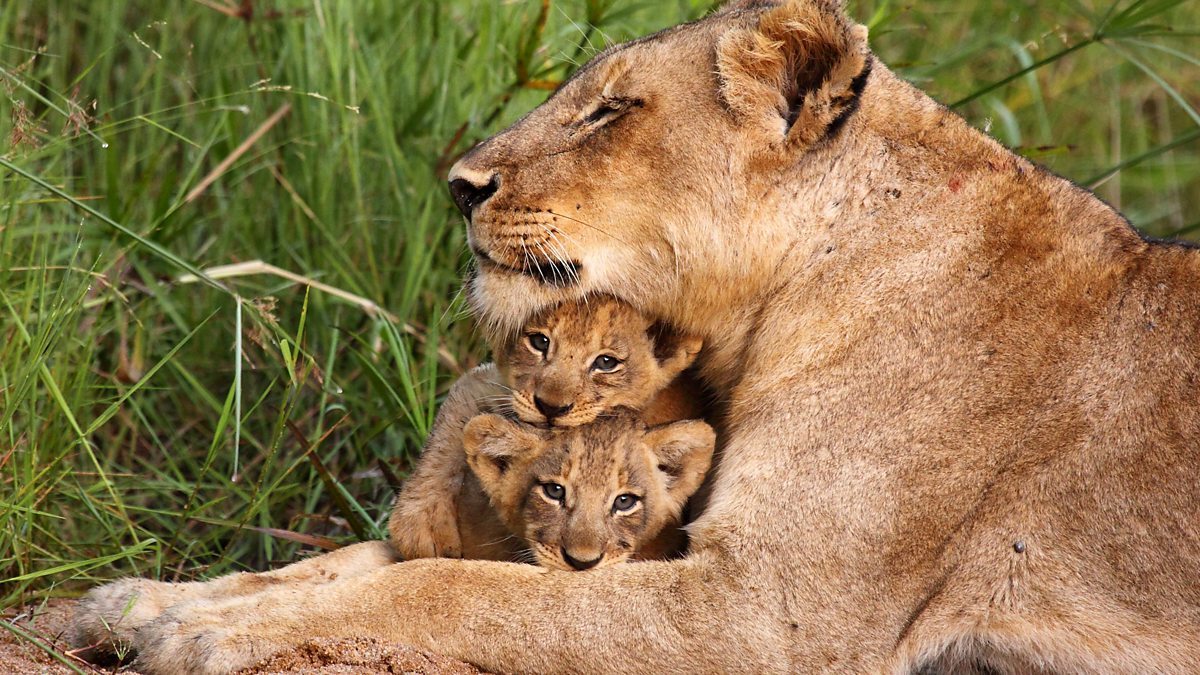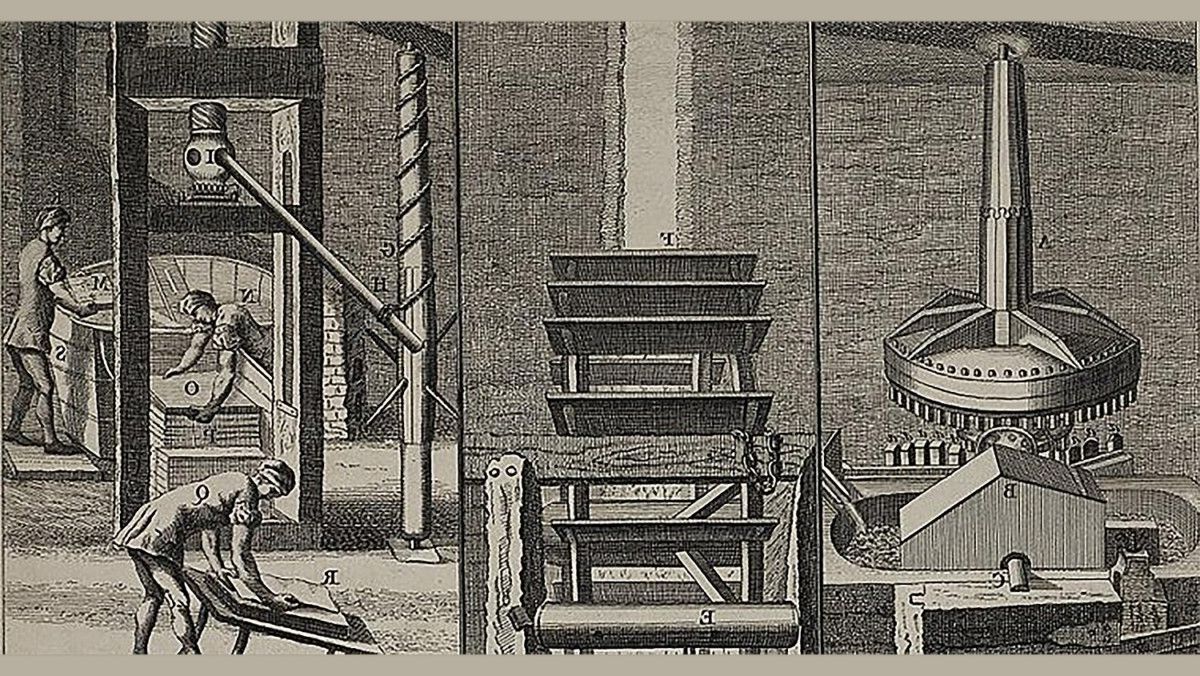
Refrigeration history is a fascinating journey through time, showcasing human ingenuity and the quest for preserving food. Ever wondered how people kept their food fresh before modern fridges? Ancient civilizations used ice and snow to cool their perishables. Fast forward to the 18th century, when inventors began experimenting with chemical refrigeration. By the 19th century, the first practical refrigerators emerged, revolutionizing food storage. Refrigeration technology has evolved dramatically, from iceboxes to electric refrigerators, making our lives more convenient. Today, we rely on advanced cooling systems not just for food but also for medicine and technology. Let's dive into 35 intriguing facts that highlight the milestones and innovations in refrigeration history.
Key Takeaways:
- Refrigeration has a long history, from ancient civilizations using ice to modern innovations. It has revolutionized food preservation, medicine, and transportation, shaping the way we live and consume goods.
- The future of refrigeration looks bright, with advancements in eco-friendly refrigerants, energy-efficient technology, and even smart refrigerators. Exciting developments like magnetic and solar-powered refrigeration systems are on the horizon.
The Early Days of Refrigeration
Refrigeration has a fascinating history that dates back centuries. Let's dive into some intriguing facts about its early development.
-
Ancient civilizations like the Egyptians and Indians used ice and snow to cool their food and drinks.
-
The Chinese harvested ice from rivers and lakes as early as 1000 BC.
-
In ancient Rome, wealthy citizens stored snow in deep pits covered with straw to keep their food cool.
-
Persian engineers invented the yakhchal, an ancient type of evaporative cooler, around 400 BC.
-
In the 17th century, Englishman Sir Francis Bacon experimented with preserving food using snow and ice.
The Birth of Modern Refrigeration
The journey to modern refrigeration involved many inventors and innovations. Here are some key milestones.
-
Scottish professor William Cullen demonstrated artificial refrigeration in 1755 by creating a small amount of ice using a pump.
-
American inventor Oliver Evans designed the first refrigeration machine in 1805, though it was never built.
-
Jacob Perkins, known as the "father of the refrigerator," built the first practical refrigerating machine in 1834.
-
In 1844, American physician John Gorrie used a compressor to make ice for cooling hospital rooms.
-
Ferdinand Carré developed the first ammonia-based refrigeration system in 1859, which became widely used in the food industry.
Refrigeration in the 20th Century
The 20th century saw rapid advancements in refrigeration technology, making it more accessible to households and businesses.
-
The first commercial refrigerator for home use was introduced by General Electric in 1911.
-
In 1927, General Electric released the "Monitor-Top" refrigerator, which became a popular household appliance.
-
Freon, a safer refrigerant, was developed by Thomas Midgley Jr. in 1928, revolutionizing the industry.
-
The first air-conditioned car was introduced by Packard in 1939.
-
In the 1950s, refrigerators became a standard appliance in American homes.
Impact on Food Preservation
Refrigeration has had a profound impact on food preservation, changing the way we store and consume food.
-
Refrigeration significantly extended the shelf life of perishable foods, reducing food waste.
-
The dairy industry benefited greatly, allowing milk and other products to be stored longer.
-
Frozen foods became popular in the 1920s, thanks to Clarence Birdseye's invention of quick-freezing.
-
Refrigerated transport trucks, or "reefers," enabled the long-distance shipment of perishable goods.
-
Supermarkets emerged in the mid-20th century, offering a wide variety of refrigerated and frozen products.
Refrigeration in Medicine
Refrigeration has also played a crucial role in the medical field, aiding in the preservation of vital substances.
-
Blood banks rely on refrigeration to store blood and plasma safely.
-
Vaccines and other medications require cold storage to remain effective.
-
Organ transplants depend on refrigeration to keep organs viable during transport.
-
Cryopreservation, the process of freezing biological material, has advanced medical research.
-
Refrigerated incubators are used in laboratories to grow and maintain cell cultures.
Environmental Concerns and Innovations
As refrigeration technology advanced, so did concerns about its environmental impact. Innovations continue to address these issues.
-
Chlorofluorocarbons (CFCs) used in early refrigerants were found to deplete the ozone layer.
-
The Montreal Protocol, signed in 1987, aimed to phase out ozone-depleting substances.
-
Hydrofluorocarbons (HFCs) replaced CFCs but were later found to contribute to global warming.
-
Natural refrigerants like ammonia, carbon dioxide, and hydrocarbons are now being used as eco-friendly alternatives.
-
Energy-efficient refrigerators have been developed to reduce electricity consumption.
The Future of Refrigeration
The future of refrigeration looks promising, with ongoing research and development aimed at improving efficiency and sustainability.
-
Magnetic refrigeration, which uses magnetic fields to cool, is being explored as a potential alternative.
-
Thermoelectric cooling, which uses electric currents to create temperature differences, offers another innovative solution.
-
Advances in insulation materials are helping to improve the energy efficiency of refrigerators.
-
Smart refrigerators with internet connectivity can monitor food freshness and suggest recipes.
-
Researchers are working on developing solar-powered refrigeration systems for use in remote areas.
Cool Facts to Remember
Refrigeration has come a long way from ancient ice houses to modern fridges. Early civilizations used natural ice and snow to preserve food. The 18th century saw the first artificial refrigeration experiments. By the 19th century, inventors like Jacob Perkins and John Gorrie made significant strides. The 20th century brought household refrigerators, changing how we store food forever. Innovations like Freon and energy-efficient models have made refrigeration more accessible and eco-friendly.
Understanding these milestones helps us appreciate the convenience we often take for granted. Next time you grab a cold drink or store leftovers, remember the fascinating history behind that simple act. Refrigeration isn't just about keeping things cold; it's a story of human ingenuity and progress.
Frequently Asked Questions
Was this page helpful?
Our commitment to delivering trustworthy and engaging content is at the heart of what we do. Each fact on our site is contributed by real users like you, bringing a wealth of diverse insights and information. To ensure the highest standards of accuracy and reliability, our dedicated editors meticulously review each submission. This process guarantees that the facts we share are not only fascinating but also credible. Trust in our commitment to quality and authenticity as you explore and learn with us.


